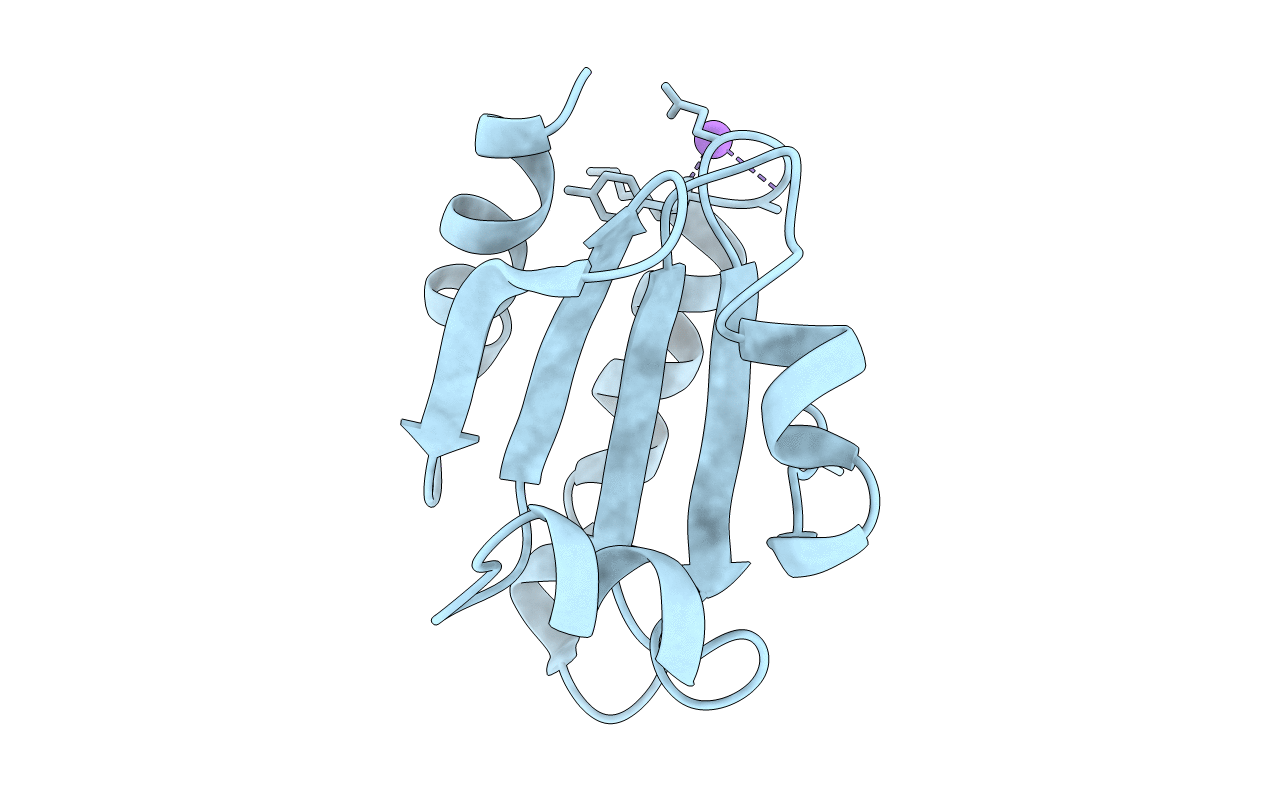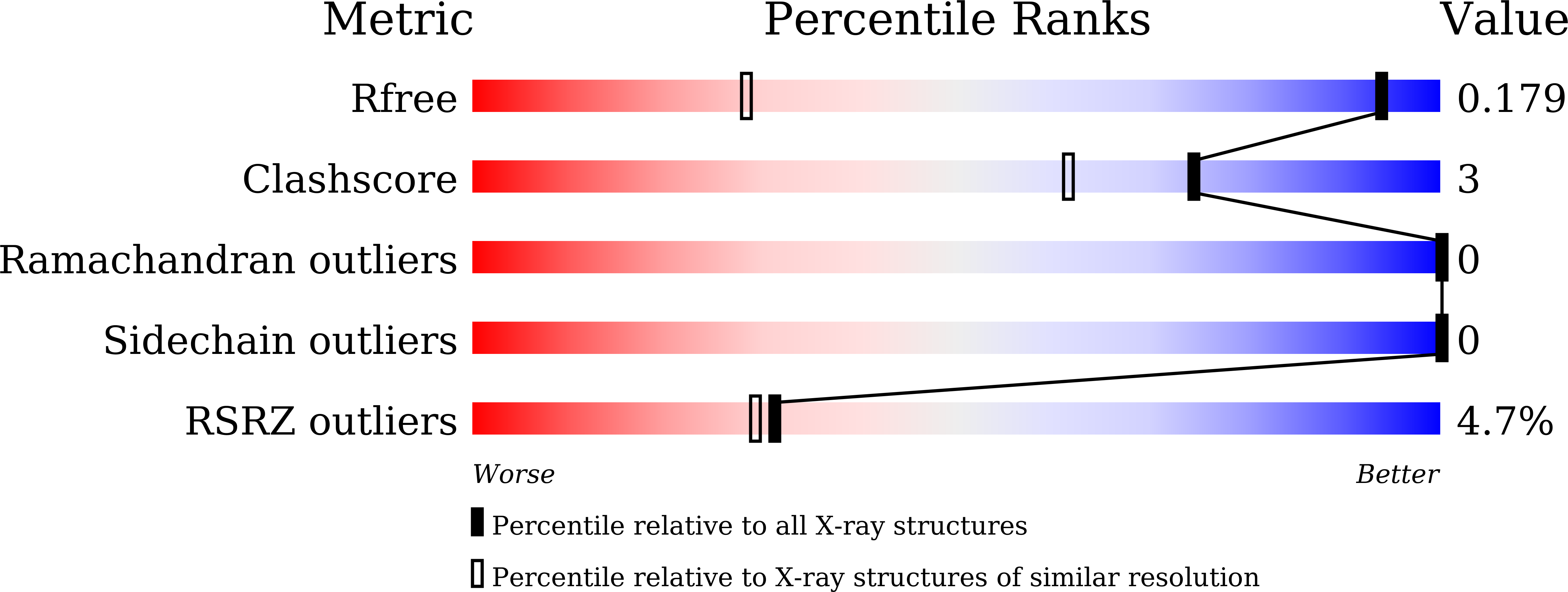
Deposition Date
2020-05-21
Release Date
2020-10-14
Last Version Date
2023-11-29
Entry Detail
Biological Source:
Source Organism:
Arabidopsis thaliana (Taxon ID: 3702)
Host Organism:
Method Details:
Experimental Method:
Resolution:
1.10 Å
R-Value Free:
0.18
R-Value Work:
0.14
Space Group:
P 1 21 1


